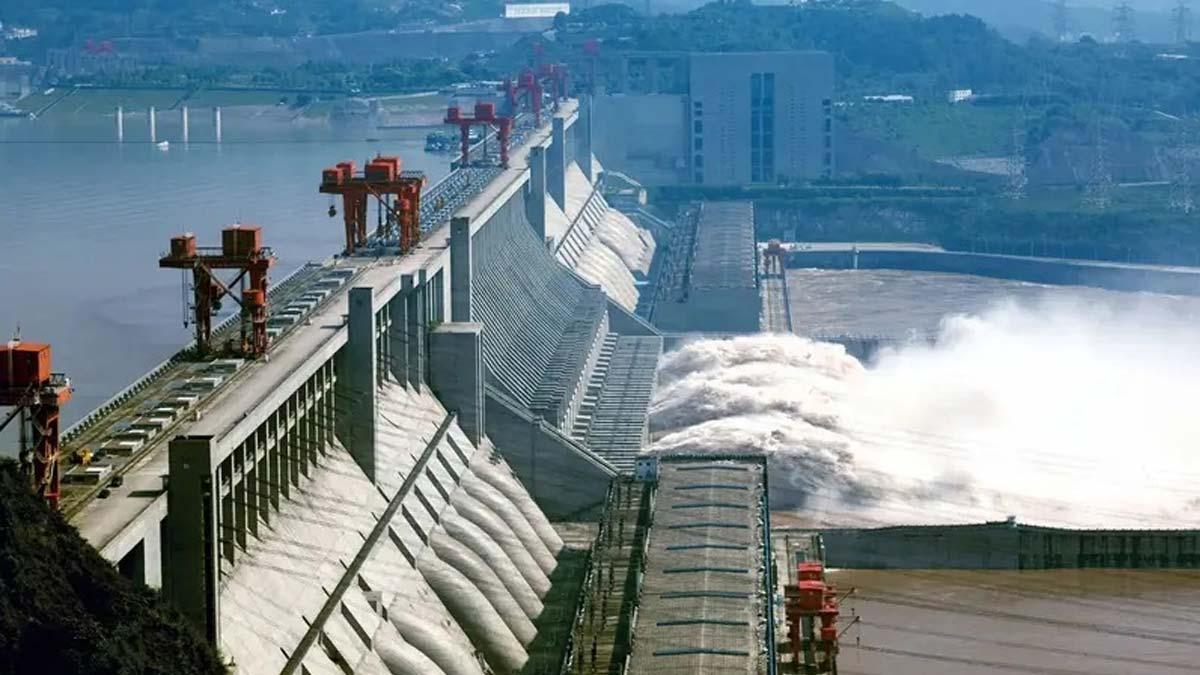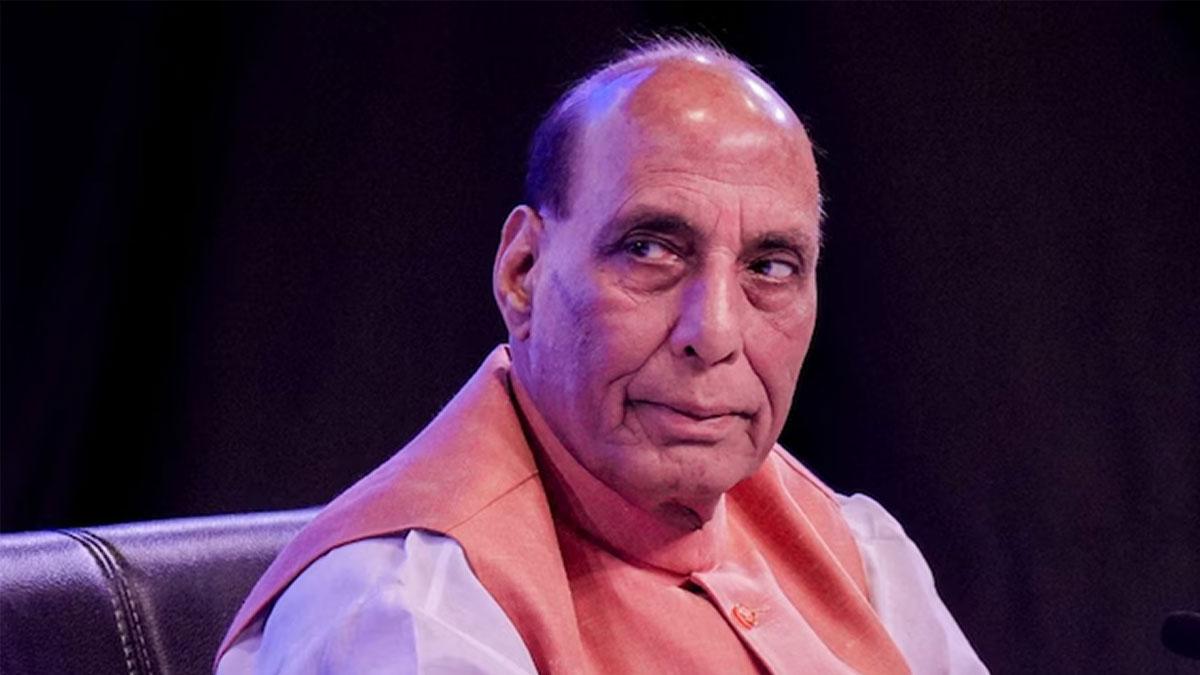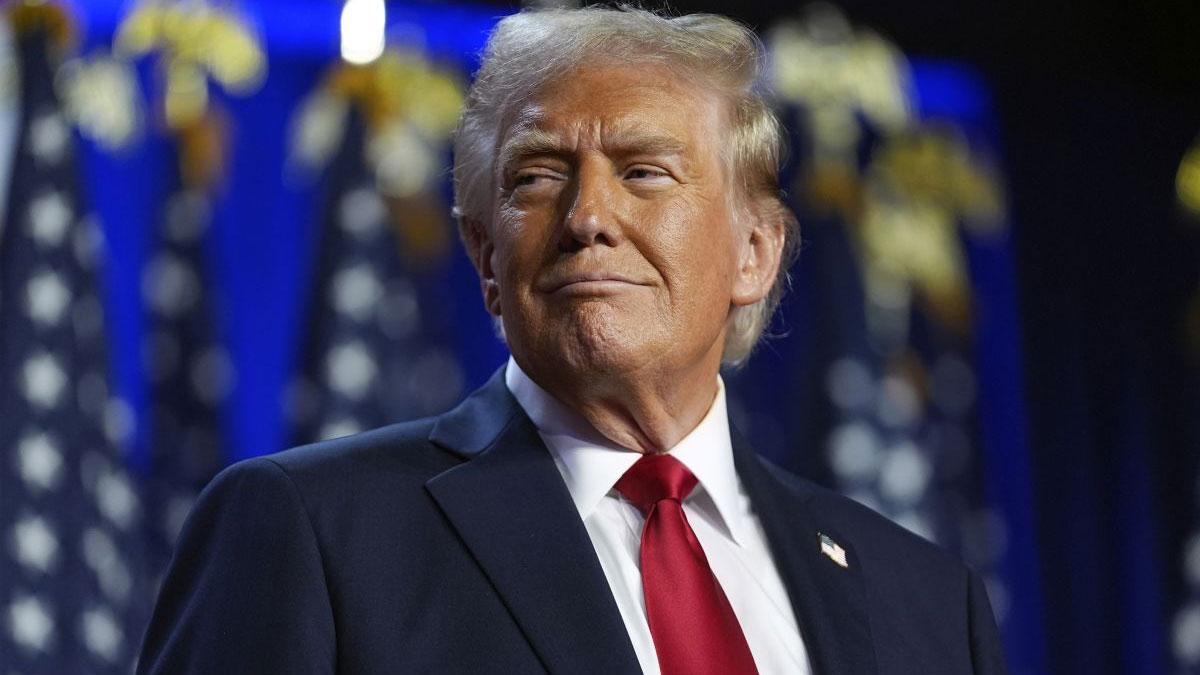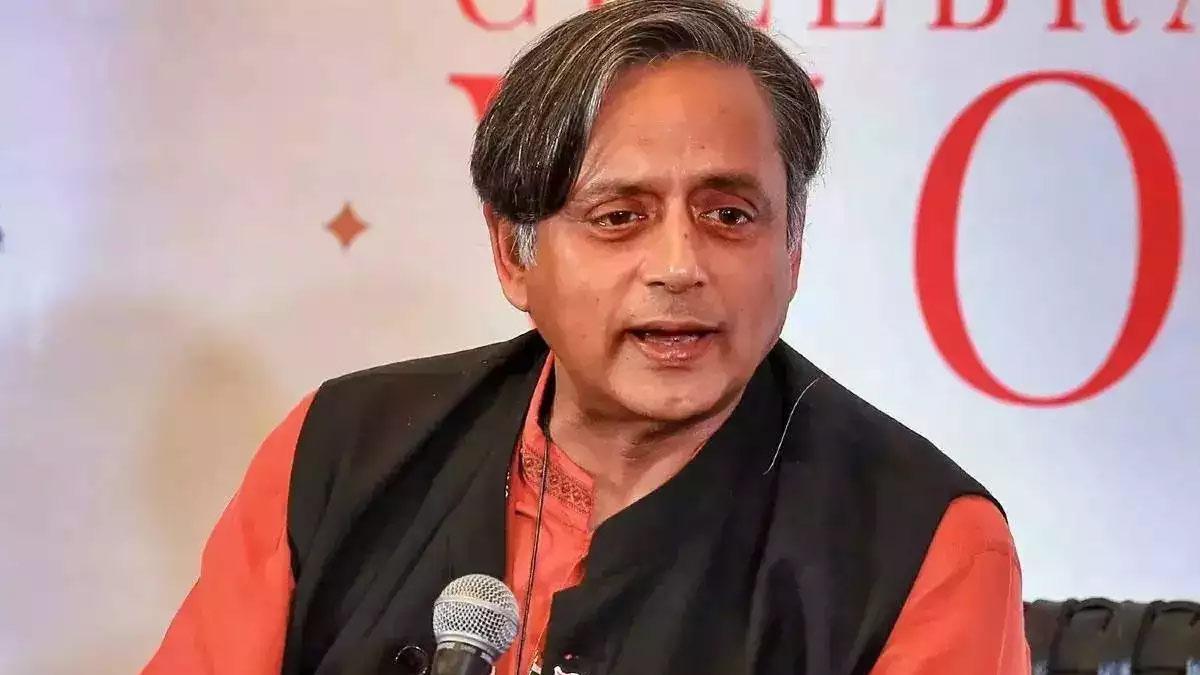China on Monday reiterated its plan to build the world's largest dam over the Brahmaputra river in Tibet near the Indian border, saying the planned project has gone through rigorous scientific verification and will not have any negative impact on the downstream countries of India and Bangladesh.
This is a project that is estimated to cost around USD 137 billion and is located in the ecologically fragile Himalayan region along a tectonic plate boundary where earthquakes occur frequently.
China's construction of the hydropower project over in the Yarlung Tsangpo river (the Tibetan name for Brahmaputra) downstream has gone through rigorous scientific verification and will not have any negative impact on the environment, geology and water resources of downstream countries, Chinese foreign ministry spokesman Guo Jiakun told a media briefing in Beijing.
On the contrary, it will be conducive to downstream disaster prevention and mitigation and response to climate change to a certain extent, he said, replying to a question that India has expressed its concerns over the dam and the issue figured in the Indian officials talks with visiting US national security advisor Jake Sullivan.
Sullivan, who is on a visit to Delhi, held talks with the external affairs minister S. Jaishankar on Monday on broadly reviewing the trajectory of the India-US global strategic partnership over the last four years under the Biden administration. His visit comes two weeks before Donald Trump takes over as the 47th president of the US.
Last month, China gave an approval for plans to construct a dam over the Brahmaputra called Yarlung Zangbo in Tibet close to the Indian border. According to the plan, the gigantic dam will be constructed on a large gorge in the Himalayan reaches where the Brahmaputra makes a U-turn to flow into Arunachal Pradesh and then Bangladesh.
In its first reaction to the proposed dam on 3 January, India urged China to ensure that the interests of downstream states of the Brahmaputra are not harmed by activities in upstream areas. "We will continue to monitor and take necessary measures to protect our interests," external affairs ministry spokesperson Randhir Jaiswal told media in Delhi.
"As a lower riparian state with established user rights to the waters of the river, we have consistently expressed, through expert-level as well as diplomatic channels, our views and concerns to the Chinese side over mega projects on rivers in their territory," Jaiswal said.
"These have been reiterated, along with the need for transparency and consultation with downstream countries, following the latest report," he said. "The Chinese side has been urged to ensure that the interests of downstream states of the Brahmaputra are not harmed by activities in upstream areas."
On 27 December, another foreign ministry spokesperson, Mao Ning, defended China's plan to build the world's largest dam on the Brahmaputra, saying the project will not adversely affect lower riparian states and that safety issues have been addressed through decades of studies.
"The project will not adversely impact the lower reaches," she said, referring to the concerns in India and Bangladesh, which are the lower riparian states. China will continue to maintain communication with countries at the lower reaches through existing channels and step up cooperation on disaster prevention and relief for the benefit of the people by the river, she said.
She said China's hydropower development in the lower reaches of the Yarlung Zangbo River aims to accelerate the development of clean energy, respond to climate change and extreme hydrological disasters.
Read also| 'A Travesty': Musk Criticizes Biden for Honoring Soros with Presidential Medal of Freedom
Read also| Mike Johnson Re-Elected as US House Speaker


















